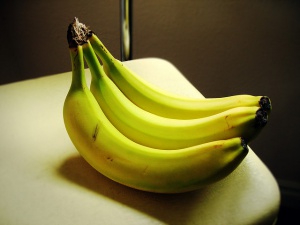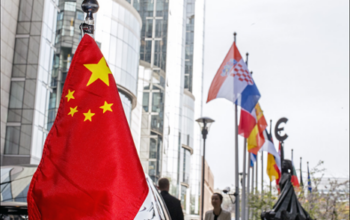It seems like over the last year, between the refugee crisis and the Brexit referendum, everyone has opinions on the politics and the structure of the European Union. For those of you who have been out of the loop but want to join in the conversation, we’ve answered some basic questions about how the EU works to get you started.
A: That is a complicated question and the answer depends on the context in which it is being discussed. It is not a single country, though it can occasionally act as such in some international negotiations and there exists an EU citizenship. However, it is more than just a series of treaties between the 28 member countries, since it has its own governing bodies, elections and areas of competency. It is, ultimately, a novel and, so far, unique form of international organization, which is part of what makes it sometimes difficult to understand.
Q: What does the EU actually do?
A: This question has come up often: what has the EU done for us recently? There are many different ways in which the EU affects ordinary life. The primary way is through the internal market: making it as easy for people, goods, services and capital to move between EU countries as within them. This allows citizens of any EU country to live, work or study in any other one, and requires a complex set of rules in order for it to be both feasible and fair. The EU also acts as a partner on many infrastructure, research or conservation projects in member states. Parts of the Malmö Central Station were built using EU funds, for example.
 Q: Is the EU a democracy or is it run by bureaucrats?
Q: Is the EU a democracy or is it run by bureaucrats?
A: Another complex question: it is, to some extent, both. Proponents point to the direct elections to The European Parliament and the fact that it is the nations’ elected governments that select members of the Council of Ministers. Critics, however, note that the European Commission and the European Court of Justice are not elected, but are instead appointed by representatives of the member states. Also important to note is the low turnout: only 42.61% of eligible voters voted last election and in some nations the number was as low as 13%. So whether you consider the EU to be a fully democratic federation or run by men in smoke-filled rooms, there is a good argument to be made.
Q: Does the EU come in and tell nations what to do?
A: The EU is often criticized for getting involved in the domestic affairs of the member states, but it does not do so wherever and however it wills. The EU and the member states have delineated areas of competence. The EU is allowed a free hand only when it concerns the common market and its operations, including things like monetary policy and competition rules. On matters like tourism, industry or education the EU has to cooperate with states in accomplishing what it wants, and is not at all allowed to interfere with states’ research or foreign aid initiatives. However, in most areas, such as transport, the environment or consumer protection, the EU member states only hold precedence until the EU decides to make laws, at which point the EU law takes precedence. Ultimately, that means that over time, the EU’s area of influence over laws has grown, which has made its perceived intrusions easier to criticize.
 Q: Did the EU really make a law about how curved bananas must be?
Q: Did the EU really make a law about how curved bananas must be?
A: Yes, but it was far less egregious than it has since been portrayed. Regulation No. 2257/94 clarified how different grades of bananas were to be marketed. Specifically, it required that the highest-grade bananas should be free from ‘abnormal curvature’ without defining what, exactly, that meant. This, however, was interpreted by some commentators as a hopeless attempt to standardize the infinite variety of nature. Ironically, the similar regulation for cucumbers has mostly avoided scrutiny, despite specifying a limit on curvature of 10 millimeters per every 10 centimeters of length.
Yaroslav Mikhaylov
Cover photo: Niccolò Caranti, licensed under Creative Commons Attribution-NonCommercial 2.0 Generic
Image 1: Rock Cohen, licensed under Creative Commons Attribution-ShareAlike 2.0 Generic
Image 2: Yaroslav Mikhaylov, own work
Image 3: Kevin O’Mara, licensed under Creative Commons Attribution-NonCommercial-NoDerivs 2.0 Generic











